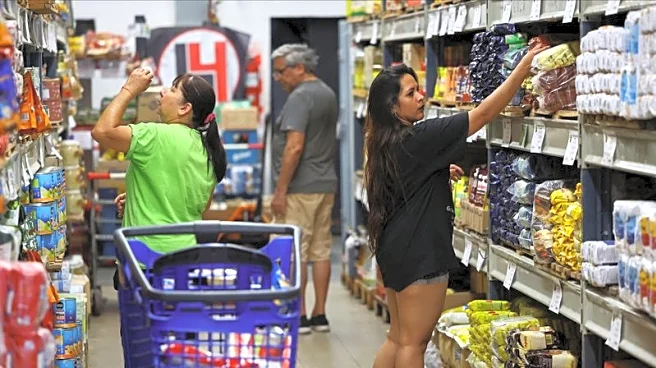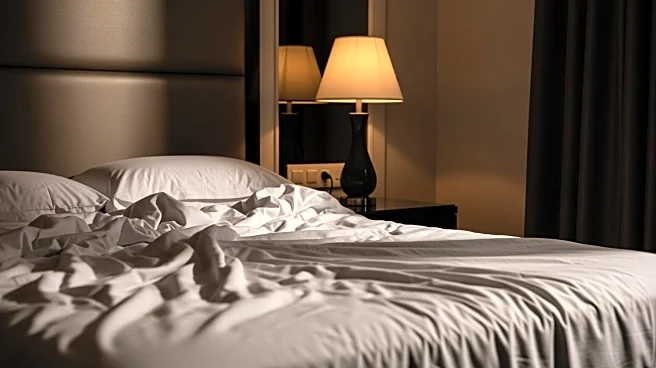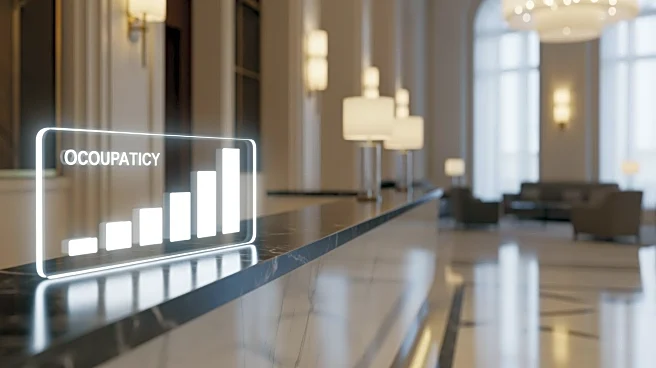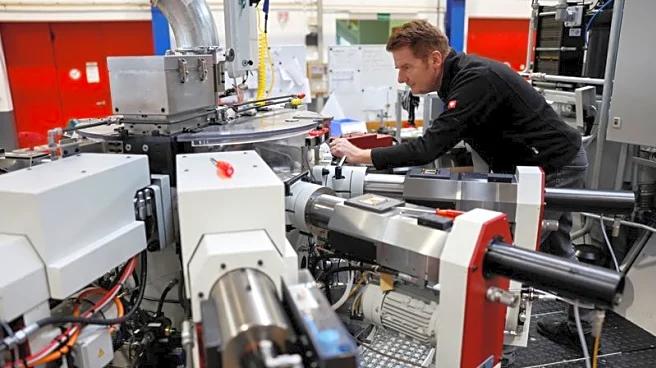What's Happening?
The U.S. hotel industry is experiencing a downturn in its performance forecasts for 2025 and 2026, according to CoStar and Tourism Economics. The projections for occupancy, Average Daily Rate (ADR), and Revenue Per Available Room (RevPAR) have been downgraded,
with RevPAR expected to decline by 0.4% in 2025, marking the first annual drop since 2020. This trend is attributed to a challenging macroeconomic environment characterized by rising unemployment and prices, as well as policy uncertainty and tariff costs. The industry is witnessing a K-shaped recovery, where luxury and upper-upscale hotels continue to thrive, while midscale properties face softer demand due to economic pressures on middle-income guests.
Why It's Important?
The revised forecasts highlight significant challenges for the U.S. hotel industry, impacting stakeholders from hotel operators to investors. The bifurcation in market performance underscores the need for tailored strategies to address varying demand across different hotel segments. Luxury hotels may continue to benefit from affluent travelers, but midscale properties must navigate economic headwinds. The industry must adapt by focusing on efficiency and cost management to maintain profitability. This situation also reflects broader economic trends, such as inflation and labor market dynamics, which could influence consumer behavior and spending in the hospitality sector.
What's Next?
Hoteliers are advised to refine their strategies by focusing on property-specific insights and adapting to the current economic reality. This includes understanding segment-specific demand, optimizing distribution channels, and controlling costs. The industry may see increased emphasis on data-driven decision-making to enhance forecast accuracy and operational efficiency. As the market rebalances, success will depend on the ability to quickly respond to changing conditions and leverage data to drive business decisions.














